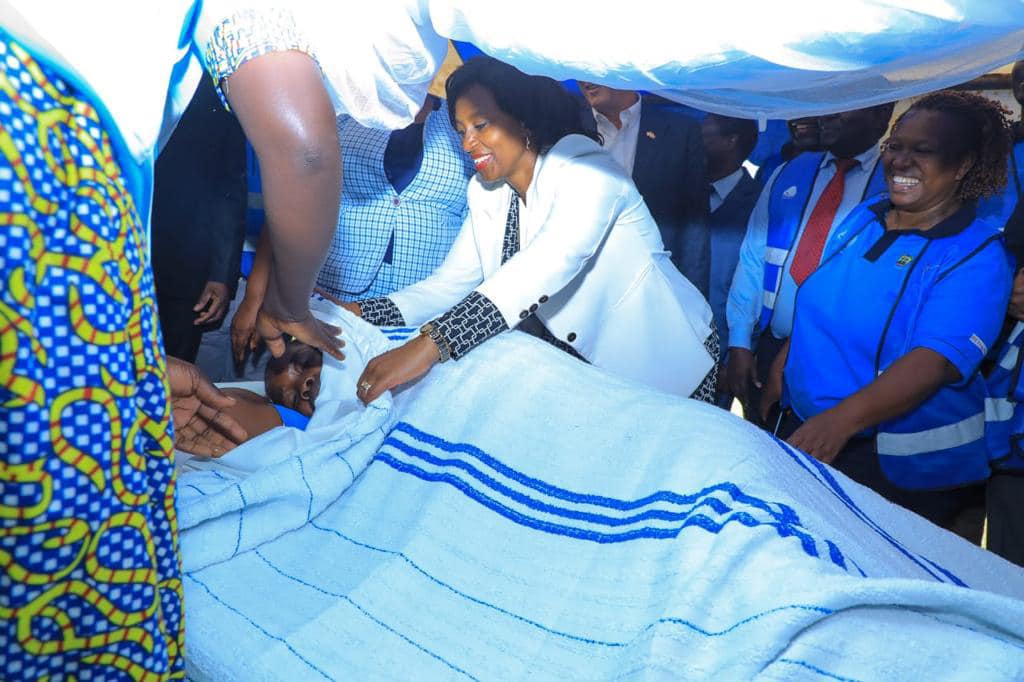- International Malaria Day is observed annually on April 25th to raise awareness about the global fight against malaria. NMCP Sierra Leone remains committed to reducing malaria cases and ensuring a healthier future for all. This year, we continue our efforts to educate communities on prevention, treatment, and control measures.
- Upcoming Event: International Malaria Day – April 25th
- International Malaria Day is observed annually on April 25th to raise awareness about the global fight against malaria. NMCP Sierra Leone remains committed to reducing malaria cases and ensuring a healthier future for all. This year, we continue our efforts to educate communities on prevention, treatment, and control measures.
- Upcoming Event: International Malaria Day – April 25th
Surveillance Monitoring & Evaluation
- Home
- Surveillance Monitoring & Evaluation
National Control Malaria Program
Introduction
The prevalence of malaria in Kenya stands at approximately 6%, with variations observed across different endemic zones, as per the Kenya Malaria Indicator Survey (KMIS) 2020. Given this variability, a robust surveillance system is crucial for collecting high-quality, comprehensive, and timely malaria data to track disease trends and implement effective interventions.
Key points regarding surveillance, monitoring, and evaluation (SME) of malaria in Kenya include:
- Surveillance System Importance: The varying malaria burden across endemic zones underscores the necessity for a rigorous surveillance system to gather accurate and timely data. This data is essential for understanding disease trends and implementing targeted interventions.
- Guiding Framework: Surveillance, monitoring, and evaluation efforts are guided by the malaria Monitoring and Evaluation (M&E) plan, which aligns with the fifth objective of the Kenya Malaria Strategy (KMS) 2019 – 2023. This objective focuses on strengthening malaria surveillance and utilizing information to enhance program performance.
- Data Collection Mechanisms: Surveillance data is collected through an integrated routine health information system, which is supported by the Division of Health Informatics. This system facilitates the collection, management, and analysis of malaria-related data at various levels of the healthcare system.
By adhering to the principles outlined in the M&E plan and leveraging robust surveillance mechanisms, Kenya aims to improve decision-making processes, enhance program performance, and ultimately reduce the burden of malaria across the country.


The prevalence of malaria in Sierra leone stands at approximately 6%, with variations observed across different endemic zones, as per the Kenya Malaria Indicator Survey (KMIS) 2020. Given this variability, a robust surveillance system is crucial for collecting high-quality, comprehensive, and timely malaria data to track disease trends and implement effective interventions.
